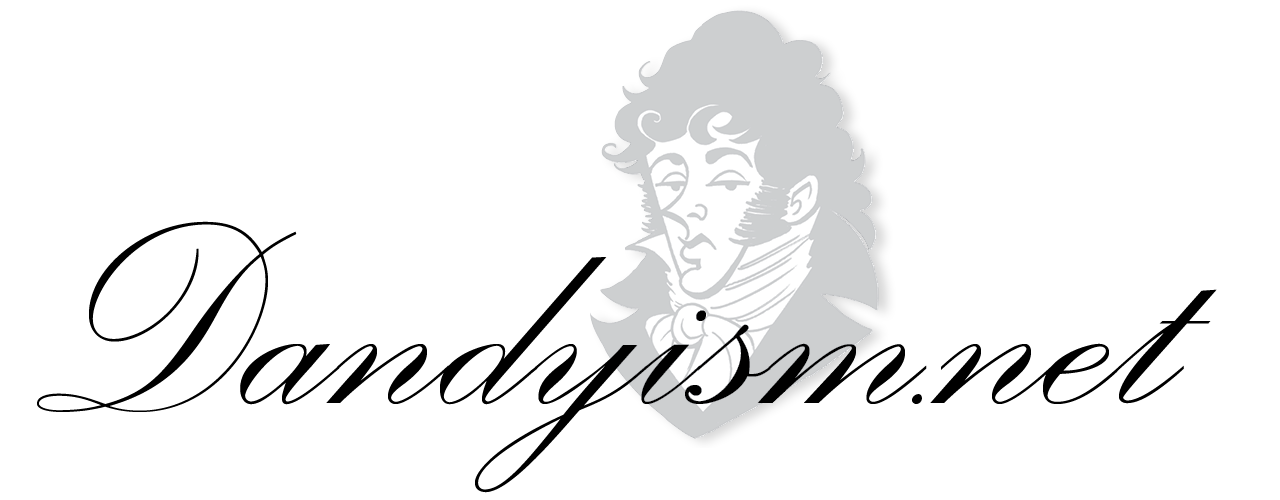“The smack of Californian earth shall linger upon the palate of your grandson.” The quote comes from Robert Louis Stevenson’s California travelogue The Silverado Squatters, from a chapter entitled “Napa Wine.” It is one of my favorite quotes about wine and very prescient, since in the 1880s when it was written, California wine was all but unknown to anyone other than those who made it. Last year, the state exported more than 400 million gallons totaling $14 billion, some of which is quite passable.
I love the quote not only for its prescience, but also for its rhythmic and romantic beauty — “the smack of Californian earth” — and its author’s realization that to love wine is to love a journey. Who, after all, rejoices when he comes to the end of a bottle? To live with wine is to enjoy a kind of flaneurie, one that compels the flaneur to wander here and there from region to region, table to table, and conversation to conversation. Indeed, one of the best ways to discover wine is to wander.
It was on such a ramble that my wife and I stumbled upon claret. It was one of those motor trips where, rather than take the crowded main highway, we decided to take byways less traveled just to see what was there. We were not disappointed. In a cozy nook valley with a towering mountain on one side and a mesa on the other, we sped past a hand-painted sign next to a muddy gravel drive that read, “Wine Tasting Today.” I hit the brakes, flipped a u-turn and pulled into the place to find a little farmhouse alongside a few acres of vineyard — Shadow Mountain Winery, east of San Diego.
Inside, the vintner-proprietor treated us to an idiosyncratic and variegated flight of wine. Among the voigniers, carignanes, syrahs and zinfandels was a bottle labeled simply “CLARET.” I puzzled: Wasn’t claret, I asked, a wine from France peculiar to the Bordeaux region?
“Yes and no,” was the answer. “Claret can come from Bordeaux, but it is more a style of wine.”
Now here was something that I should have known. I had always associated claret with literature and history. It was the crimson gold for which Henry V had conquered a Dauphin and wooed a princess. Keats had sung its praises, writing, “It fills one’s mouth with a gushing freshness.” Brummell had quaffed it by the decanter-full with Prinny over cards at White’s, and Captain Aubrey and Doctor Maturin had enjoyed it nightly in the cramped and swaying main cabin aboard the H.M.S. Surprise. Intrigued, I determined to find out more.
Claret is not a variety of grape, nor is it a region, village, chateau, appellation or legal term. Rather, it is an accidental misnomer. The English word “claret” comes from the French clairet, meaning “pale” or “clear.” (The English word is usually pronounced with the “t” ending uttered — “claire-ette,” not “claire-ay.”) According to GlobalGourmet.com, the first recorded use of the word appears in the mid-13th century, when the English king Henry III commanded his winekeeper to mix red wine with white “to make claret.” It was not until 1801 that the first orders of bottled claret were shipped from Bordeaux to the United Kingdom. When supply of Bordeaux was limited, the grapes used to make “claret” might come from as far afield as the Rhone Valley or even Spain, but the association with Bordeaux was established. Over time the qualities of claret changed, and it evolved into a medium red, not too full-bodied, that’s light on the fruit — the classic, easy-drinking wine we know today.
Claret-style wines are, in the Bordeaux tradition, blends. They do not rely overmuch on a single dominant grape, such as cabernet sauvignon or pinot noir, but are more evenly blended. Typically they include merlot, cabernet sauvignon, cabernet franc, malbec and petit verdot — the six varietals authorized for use in Bordeaux wines — but clarets produced outside the region may include others as well.
Many, especially in England, insist that proper claret comes only from Bordeaux. But you will rarely find Bordeaux labeled “claret,” for the simple reason that it might be confused for clairet, which the French still use to describe the deep pink, rose-style wines of the region. In any case, we weren’t much interested in Shadow Mountain’s claret’s properness. We liked its taste and easy, any-time-of-day drinkability. We bought several bottles and polished them off in considerably less time than it has taken to research this column. Since then, we’ve sampled other claret-style wines, both proper and improper. Two of our Napa Valley favorites are Francis Coppola Diamond Claret 2002 and Newton 2001 Claret.
“Men move eternally,” Robert Louis Stevenson wrote. “Still chasing Fortune; and, Fortune found, still wander.” We feel both fortune fulfilled and the wandering urge each time a little smack of that Californian (or Bordeaux) earth hits our palate. — MICHAEL MATTIS
